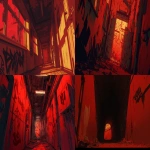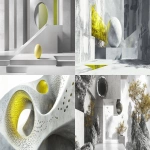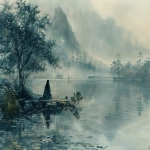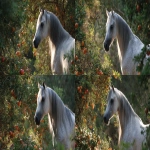Explore the Best AI Image Gallery

AI Mirage: The New Era of Synthetic Imagery
As we stand on the precipice of a new era, the fusion of art and artificial intelligence (AI) is painting a distinctly different landscape for the creative industry. AI-generated images have spiraled beyond novelty, offering unprecedented potential while also raising profound ethical questions.
The Crayons of Code - Exploring AI Imagery
AI-generated images are the outcome of complex algorithms that learn and replicate the aesthetic rules of visual representation. Utilizing vast datasets and techniques like Generative Adversarial Networks (GANs), AI can produce images that range from figments of surreal landscapes to hyper-realistic portraits that blur the domain of reality.
The Colored Impact on the Creative Industry
While initial reactions within the creative community were laced with skepticism, AI imagery is increasingly being recognized as a powerful tool rather than a threat. Pioneering artists and industry giants are harnessing the power of AI to push the boundaries of creativity, delivering unprecedented results that were either impossible or prohibitively time-consuming.
Potential Brushstrokes in the Canvas of Tomorrow
Beyond the artistic sphere, AI-generated imagery is predicted to have a transformative impact across various sectors. In marketing, the ability to generate custom-tailored visuals for targeted campaigns holds massive potential. In film, the reduction of labor-intensive special effects and animation processes could drastically accelerate production schedules.
Ethics Painted in the Palette of AI
However, the prospect of AI-generated images is not free of ethical considerations. The capacity of AI to create hyper-realistic imagery raises concerns about disinformation and exploiting visual trust. In the backdrop of deepfakes and misinformation, a robust ethical framework and regulatory oversight are crucial.
Upcoming Trends: The Masterpiece of the Future
The future trends of AI imagery appear to be as dynamic as its applications. Hybrid models that feed off human input to refine the algorithm's output are fast gaining traction. Also, as technologies advance, the sophistication and realism of AI-generated images will continue to escalate.
Conclusion
From an enigmatically abstract tool, AI-generated images have begun to shape the zeitgeist of the creative industry, transcending traditional boundaries and forging new avenues. As they continue to evolve, steering the ethically responsible use of this potent technology will be society's collective responsibility.
](https://images.ai-img.art/thumbnails/150/ed631f35091268316da1950d8f24949cf71c41220d75ddecc89232e1c28f3653.webp)

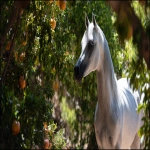
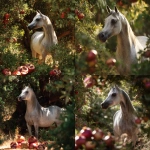
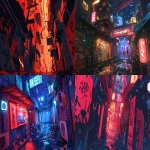
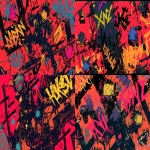
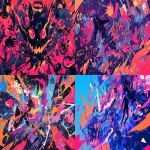
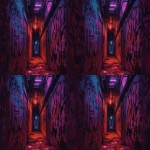

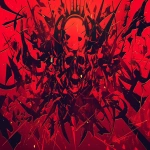

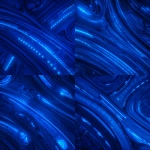


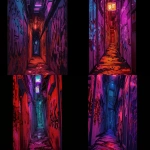



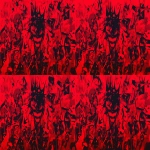

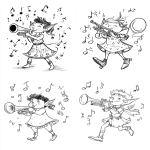
](https://images.ai-img.art/thumbnails/150/4dfe5499f7f4f9e5aa1613199c58710634f2cba5f57ac7e6717c1d56a9864e1a.webp)

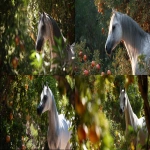



](https://images.ai-img.art/thumbnails/150/e407417f3921a9491278afc6484ec26f3ae374d4543e1a56898e8bcb1e41a0da.webp)
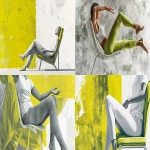
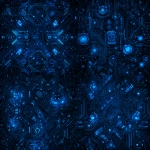
](https://images.ai-img.art/thumbnails/150/56d08b81b5991eca46f50c80b41db4e9ac06c775cbbf5138ea0734d93390316a.webp)
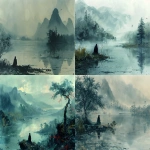

](https://images.ai-img.art/thumbnails/150/baf01e7f997f5bc030aa10831575d8b879a4a6755830df4bcd3dcc93346ef1dd.webp)
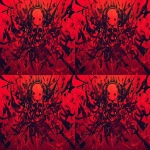
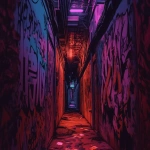
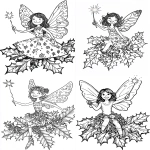
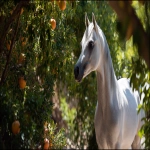
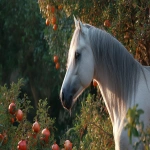

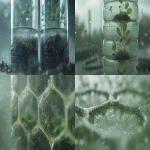
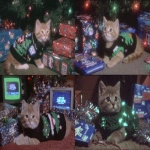
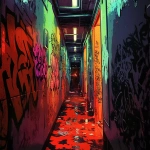
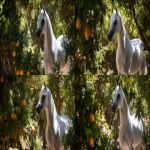
](https://images.ai-img.art/thumbnails/150/fd852e87169bf2f63982b31f7f16a8fa335d75d9536fd48c2b87c7d4b035fa7c.webp)
